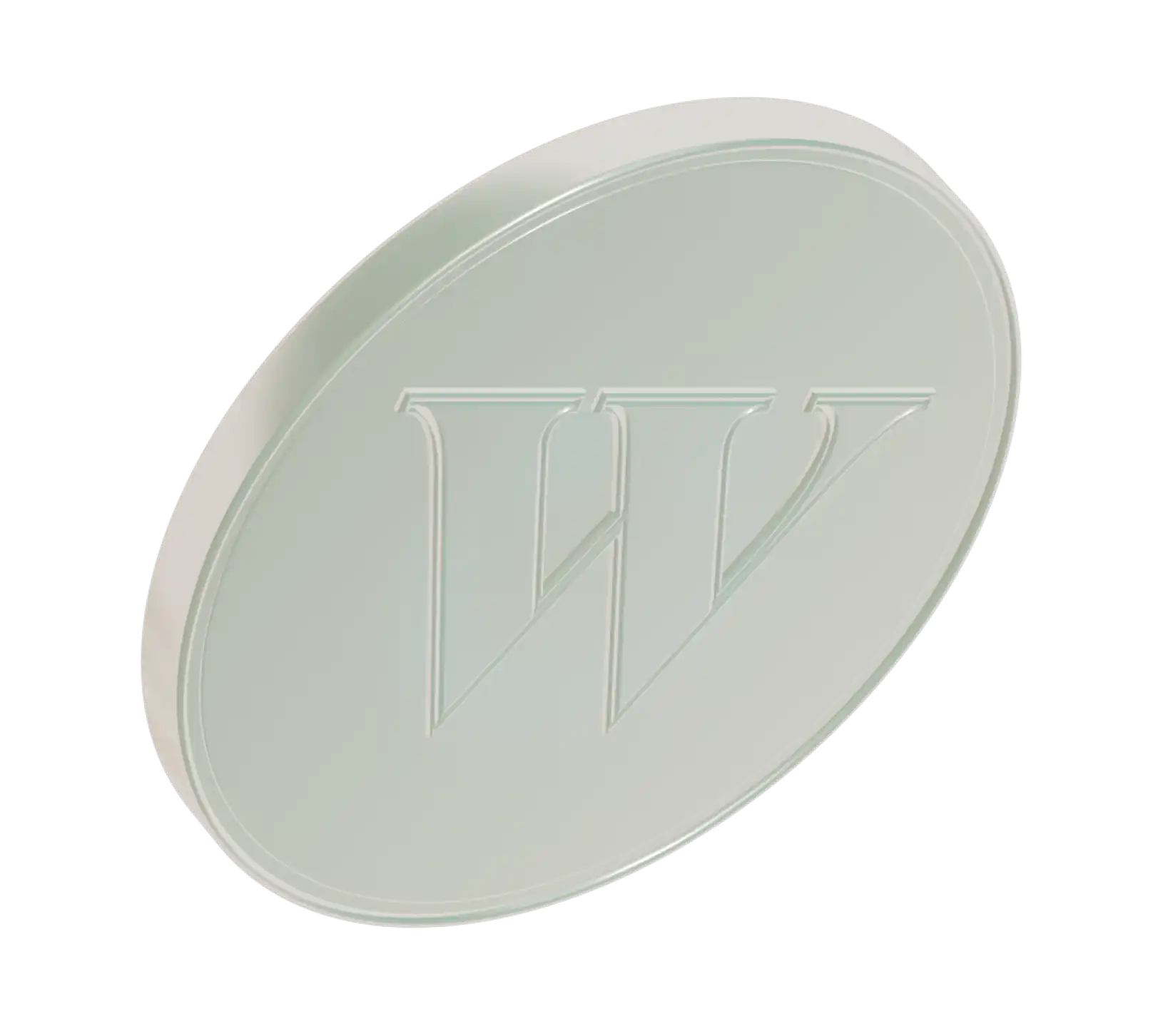At its essence, a bond is a formalized IOU. It’s a loan agreement between a borrower (the bond issuer) and a lender (the bondholders). A bond issuer is looking to borrow money to spend on any number of things. Bondholders are the individuals who have agreed to loan the issuer a portion of the money they were seeking. Bonds come in many different flavors. If an established company is looking to expand its operations, it will issue what’s called an investor grade bond. A city needing cash to build a bridge or airport will issue a municipal bond. The federal government issues bonds to pay the interest on its debts called treasuries. Like with a mortgage you get from a bank, all the bond terms are worked out beforehand. The date by which the issuer promises to fully pay back the money is called the maturity date. The interest rate that the issuer agrees to pay back on top of the principal is called the bond yield.
Though bonds are often suggested as a valuable, stable addition to a financial portfolio in order to offset the natural volatility of stock market investments, not all bonds are equally safe. Just as you would experience if you tried buying a new car after defaulting on a dozen credit cards, you’d pay a lot higher interest rate than someone with a 180 FICA score because you’re naturally a riskier bet for making good on your debts. Safer bond issuers demand lower yields; since treasury bonds are about as safe as you can get, they come with a very low yield. On the other side of the spectrum are junk bonds which come with the highest yield bonds since their issuers are the most likely to default on their loan.



